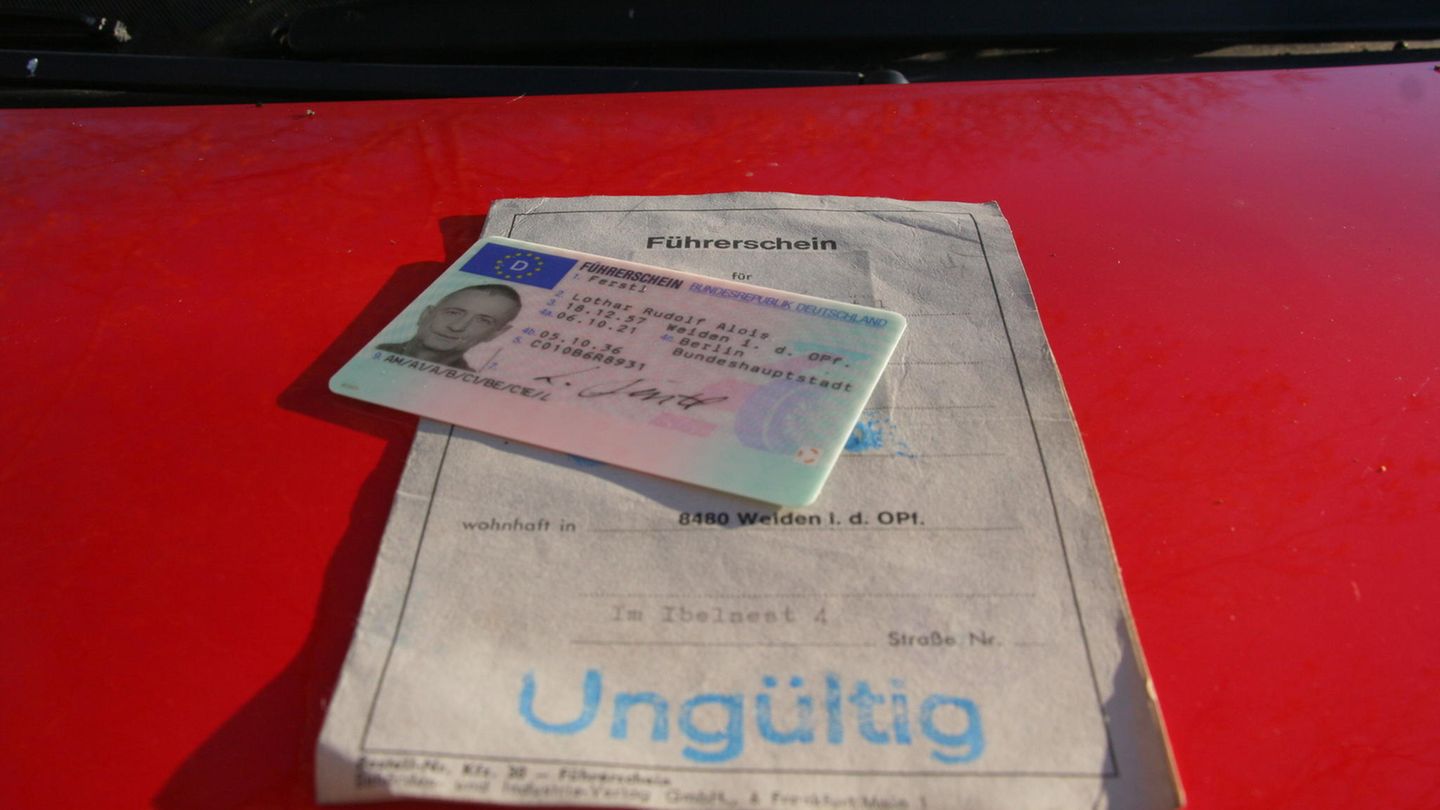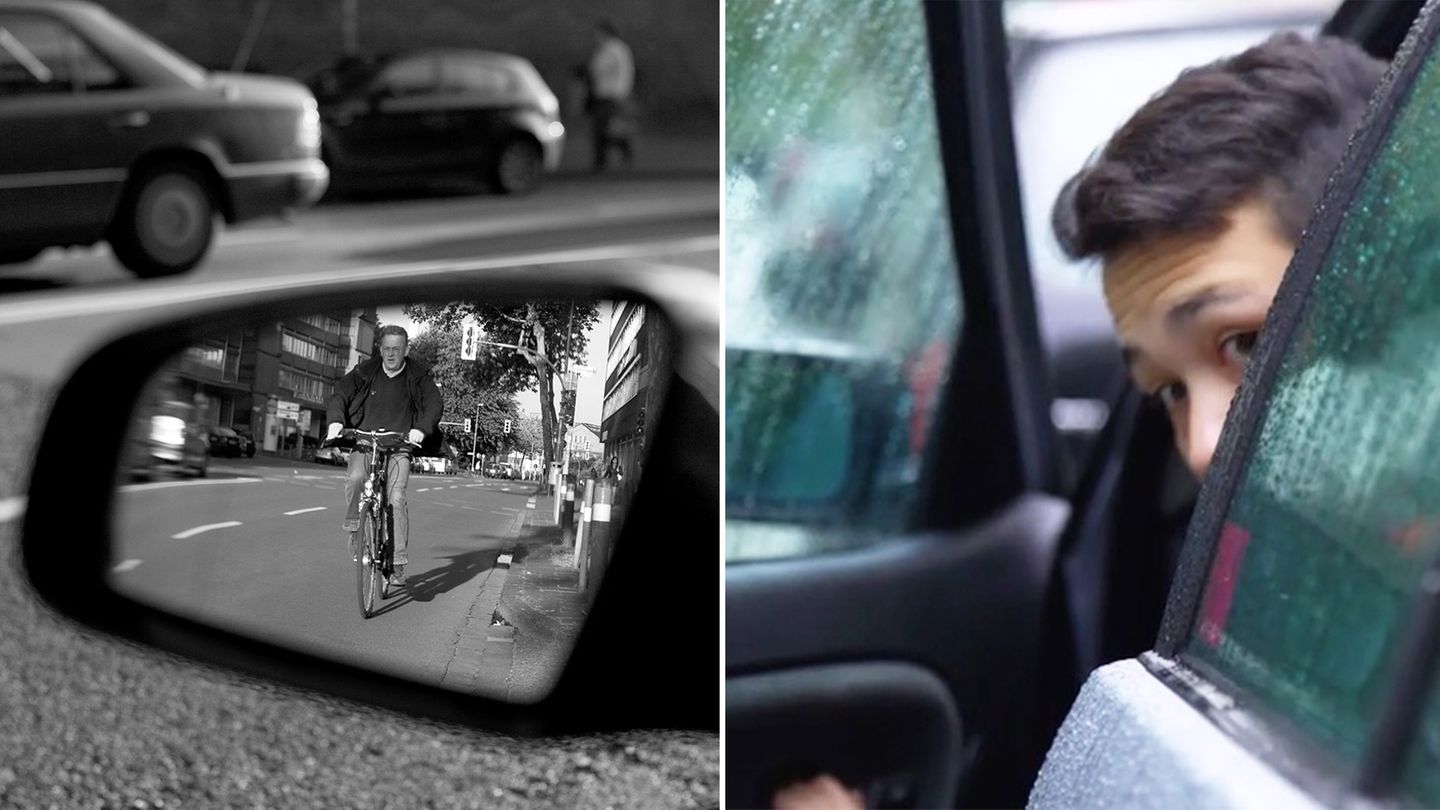Traffic law
2000 marks and you could drive “everything” – that’s how brilliant the class III driving license was
Copy the current link
Driving licenses have become expensive. Class 3 was the standard until 1999; today you have to purchase three certificates and spend around 10,000 euros to get permission.
The boomers simply had it better – this sentence is not always true, but it is always true when it comes to driving licenses. Today, a car driving license costs between 2,100 and 4,400 euros, according to the ADAC. This used to be significantly cheaper. In 1980, the author spent around 2,000 German marks (DM), and that included failing the practical exam once; school friends got away with 1,200 DM. Not only was the driver’s license significantly cheaper, it was far more powerful. Today there is only class B for the higher course. With this you can drive a car – the permissible total mass of the vehicle must not exceed 3500 kilograms. That’s enough for a car, but things can get tight for delivery vans or heavy pickups and off-road vehicles. You can hang a trailer weighing up to 750 kilograms behind the car as long as the vehicle and trailer do not exceed 4250 kilograms. However, the trailer may be heavier if the total weight reaches a maximum of 3,500 kilograms. This always refers to the permissible total weight. So the empty weight plus the maximum permitted payload and not the actual weight.
Driving license only with mini trailer
What does this mean for a follower? You can pull a “cart” like the one you can rent at a hardware store. Actually not a caravan anymore, unless you choose a very small, lightweight one. Class B is not sufficient for a normal-sized caravan, a horse trailer, a sales stand and the like.
Compared to today’s meager permissions, the old Class 3 seems like the premier class of road traffic regulations. It was the standard driver’s license until 1999 – so not only the Boomers, but also the Generation X drove with it. Cars up to 3.5 tons were of course included, but that’s just the beginning. Because with class 3, vehicles with a permissible total weight of up to 7,500 kilograms can be moved. This includes every heavy-duty pick-up – but also heavy panel vans and “light” trucks. Only the really big ones were taboo. Today this authorization corresponds to class C1. If the license was purchased before April 1, 1980, you could even use it to drive a motorcycle with a displacement of up to 125 cubic centimeters and a maximum output of 15 hp or 11 kW. Today you would have to purchase class A1 separately.
Class 3 allows giant teams
When it comes to trailers, Class 3 was particularly generous: the combination of towing vehicle and trailer could weigh up to 18.75 tons. However, a regular health check is now required if this weight exceeds 12 tons and the owner is over 50 years old. Usually only truck drivers do this, most class 3 owners leave it at 12 tons. The equivalent today would be the truck class C1 (up to 7.5 tons) with the trailer supplement E – i.e. C1E – then the trailer can also weigh 12 tons.
Taken together, the old three corresponds to today’s classes B, A1 and C1 or C1E. The cost comparison only to B is therefore misleading. Your own skills play a big role when it comes to driving license costs, and the prices vary accordingly. For the small A1 motorcycle license you should calculate 1000 to 3000 euros. The truck is becoming more expensive. The combination of C1 and E costs around 4000 euros.
Taking the averages, you face these costs: 3250 (B), 2000 (A1) plus 4000 (C1E); a total of 9250 euros. Even if you simply convert the above-mentioned 2,000 DM – which was in the upper range at the time – into euros “one-to-one”, the price has increased approximately 4.5 times. Driving has become significantly more expensive for young people.
More costs, but also more security?
Are these purely “bureaucratic costs” or costs that arise for meaningful training? The extreme example of the old threesome would be: you just got your driving license on a Golf and then go on a big tour with an 18-tonne trailer – with country roads and mountain passages. That was allowed, and it would have been a recipe for a certain accident. It’s unlikely that anyone would have dared to do something like that. Practice and approach slowly, that was the standard. But not necessarily. In the past, the state also relied more on citizens’ insight and personal responsibility; today it relies more on binding regulations. The situation is similar with the authorization for heavy trailers and light motorcycles. There was no practical training in driving school back then. So you can hardly say that the Boomer with its three trailers, trucks and motorcycles would have mastered it.
Has this increase in expensive training been reflected in the accident statistics? That’s hard to say. Apart from the special case of German reunification, the number of road deaths has fallen continuously since 1970, from over 19,000 deaths in what was then Germany to around 2,400 in 2023, also at the time of the threesome. With a simultaneous sharp increase in the number of vehicles and kilometers traveled.
Eternal validity
A variety of factors are responsible for the decline. These include changed alcohol levels, smarter road layouts, effective medical care and much more built-in safety for car occupants. The stricter issuing of driving licenses can also be included in this bundle. However, no particular effect can be seen in the statistics. Nobody can expect that, since the narrow new classes only affected those new to driving licenses. In the years following the change, the vast majority of drivers still benefited from comprehensive Class 3 permits.
Until today, and that is bitter for the new ones. Boomers like the author can still move trucks up to 7.5 tons – even 12 tons with a trailer. He was just a little late for the small motorcycle license.
Source: Stern
I’m a recent graduate of the University of Missouri with a degree in journalism. I started working as a news reporter for 24 Hours World about two years ago, and I’ve been writing articles ever since. My main focus is automotive news, but I’ve also written about politics, lifestyle, and entertainment.






